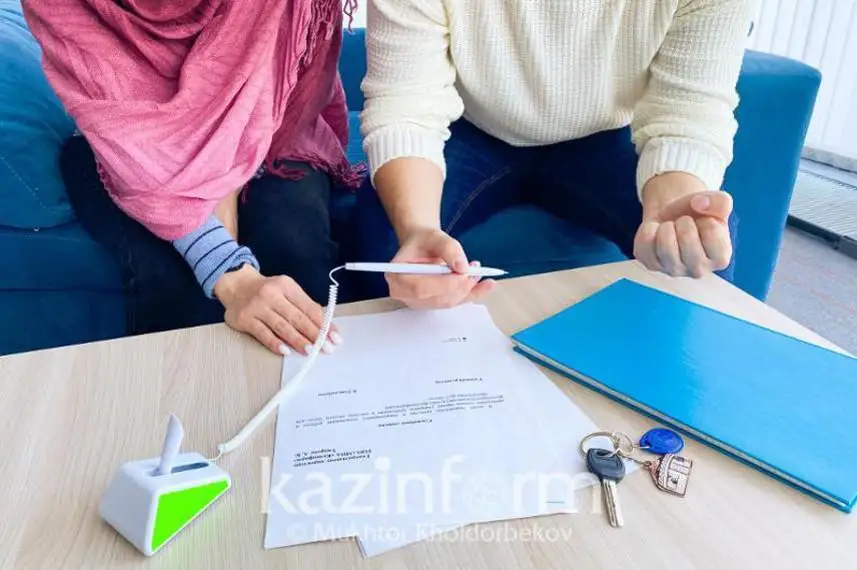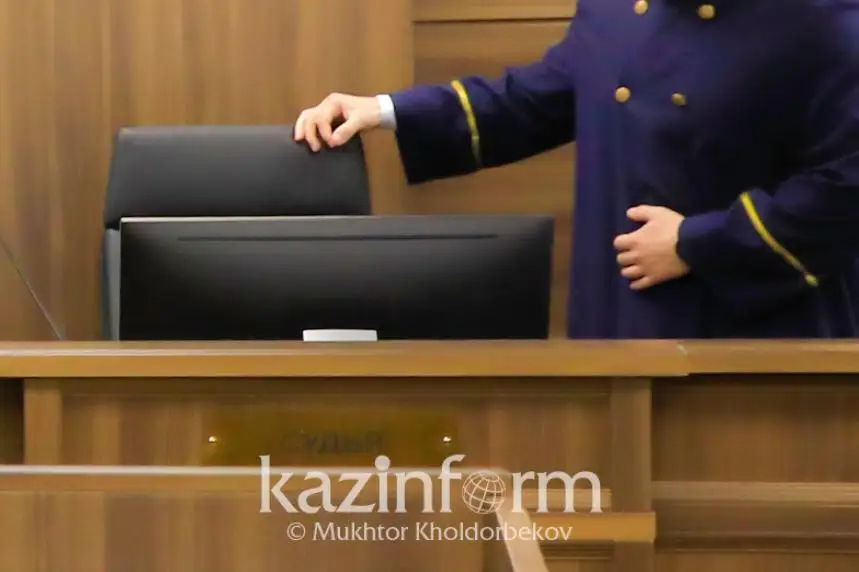Law on bankruptcy and restoration of solvency in Kazakhstan: why it is important

According to the National Bank of Kazakhstan, loans to the economy in broadened definition increased by 13.3 percent since the beginning of the year and as of October 1, 2022, amounted to 26.9 trillion tenge, of which 49.9 percent are loans to business (non-financial legal entities and individual entrepreneurs who received loans for business purposes), and 50.1 percent - loans to population.
Loans to businesses from the beginning of the year grew by 5.1 percent up to 13.4 trillion tenge, and loans to the population - by 22.8 percent up to 13.5 trillion tenge.

According to the National Bank, the volume of loans to the population was estimated at 10 billion tenge in January 2022 alone and grew to 13.2 billion tenge in January 2023.
Experts indicate that the volume of lending in Kazakhstan is growing significantly, reaching alarming levels. So is the inability of people to repay their loans.
Experts attribute the high level of indebtedness to the fall in real incomes, with inflation reaching a staggering 19 percent and excessive credit availability. In Kazakhstan, it has become much easier to take out consumer credits and loans are sometimes given to people who cannot repay them.
Assem Nurgaliyeva, an executive director of the First Credit Bureau, said that many citizens overestimate their ability to pay the loan.
«I always give everyone one piece of advice. You need to make sure you need a loan before taking it. It is better to refuse impulse loans, such as a new phone, a vacation, and so on. Also, you need to make sure that you will be able to pay off this credit because initially, people always overestimate their abilities,» she said.
According to her, if there are still some delinquencies, people need to contact their financial institutions and try to take a credit vacation.

Background
One of the first to voice the need for such a law was Ak Zhol party back in 2014. The party developed a draft law on its own.
«The introduction of bankruptcy of individuals and small businesses in the face of individual entrepreneurs would allow those who could not pay back loans, even those who have lost property, not to turn into homeless. Provide a roof over their heads, even a rented room in a dormitory, and food for children. These are our citizens, our people,» said the party’s representative Almas Turtaev at the time.
Growing indebtedness of people has been on the agenda since then. The January events, however, made this problem more evident and acute.
At an expanded government meeting on December 17, Tokayev criticized excessive lending.
«It is necessary to reduce the degree of excessive consumer lending. Unfortunately, unconscious consumption can lead to serious imbalances. Its signs we are observing, not the first year,» said Tokayev, emphasizing that the volume of problem credits had reached half a trillion tenge.
«More than a million people can no longer pay their obligations. Many of them, reaching desperation, are forced to take out new loans to pay off old ones,» said Tokayev.
He also drew attention to the need for stricter regulation of unsecured online microlending, saying that some countries have imposed a complete ban on it.
«We need to think of a mechanism to protect borrowers who are in arrears for more than 90 days from taking on new obligations,«he said.

What are the available procedures under the new law?
The law, which will take effect 60 days after its official publication on March 3, 2023, provides three types of bankruptcy procedures. All of them are initiated only by the debtor himself or herself - the creditor has no right to apply the mentioned procedures against the debtor.
The first procedure - out-of-court bankruptcy - will be possible to apply only to debts to banks, microfinance institutions and collection agencies. In this case, the debt should not exceed 1,600 monthly calculation indexes (MCI), which equals 5,520,000 tenge in 2023.
But the borrower must meet some conditions. He or she must not have any property registered, including property in common ownership, must have no repayment of obligations to creditors and collectors for 12 consecutive months on the date of application, and must not have bankruptcy applied to him or her within seven years as of the date of application.
For debts over 1,600 MCI and other types of debts, citizens can apply for judicial bankruptcy.
In a judicial bankruptcy, the debtor's property is sold at auction. A creditor has the right to seize the debtor's only home in a judicial bankruptcy if it is the subject of the pledge.
The remaining amount is subject to write-off, provided there are no indications of the debtor's bad faith, such as hiding property or information about it, providing false information.
The judicial bankruptcy procedure is carried out by financial administrators and is not free of charge.
At the same time, citizens who have decided to declare themselves bankrupt will not be able to obtain loans for five years and will not be able to reapply for the bankruptcy procedure for seven years.
Deputy Chairman of the State Revenue Committee Kairat Miyatov said people should understand the difference between bankruptcy and credit amnesty. He strongly recommended thinking several times before taking this step.

»Citizens think that this is some credit amnesty, there will be no credit amnesty. What is the difference between credit amnesty and bankruptcy? Credit amnesty has no consequences. The debt is written off, no restrictions are placed on the debtor in return. Under bankruptcy law, there are significant restrictions. Citizens should understand that because of the amount of debt of 200,000-300,000 tenge to go bankrupt in order to lower their business reputation and credit history - it is not quite a reasonable step,«said Miyatov.
Restoration of solvency procedure
Citizens with a stable income can apply this procedure, which allows for an installment payment in court for up to 5 years. The only condition for a debtor who plans to apply for solvency restoration is that the debt's size must not exceed the value of the property belonging to the borrower.
A rehabilitation plan is developed with a financial manager and approved by the court. Recovery measures include the sale of part of the property, transfer of property for rent, and sale of housing with the purchase of a new one and exchange for a home with a lower value, among other options.
One of the advantages of this procedure is that after it, the debtor is not assigned the status of bankruptcy and subsequently does not have to meet the consequences provided for the bankruptcy.
What remains clear is that bankruptcy is not a tool to get out of debt. Some people may use the law as an instrument to evade fulfilling their obligations. Therefore, it is very important to balance the interests of both sides – debtors and borrowers.

Written by Assel Satubaldina